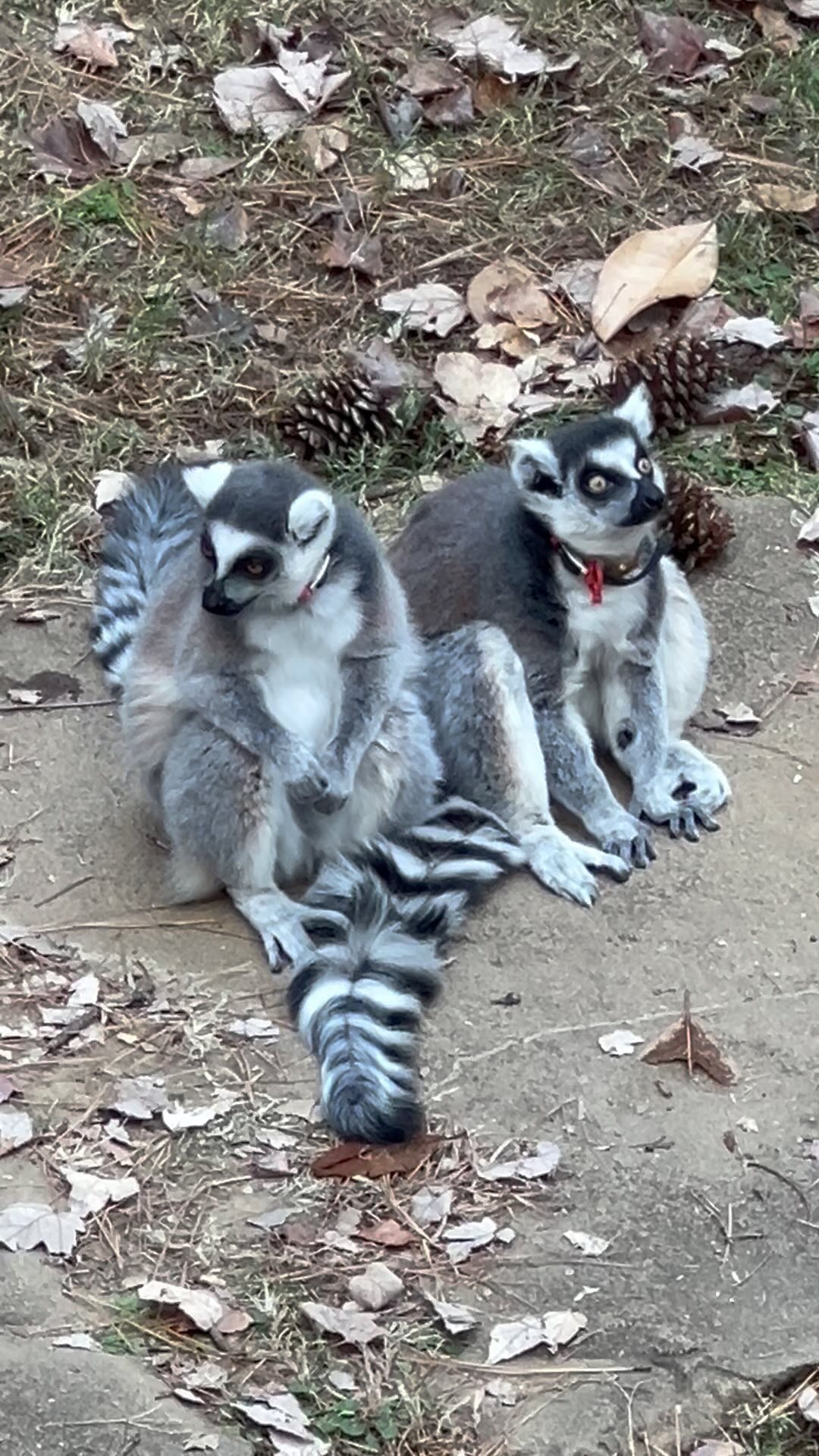– Explore the enchanting world of lemurs, a unique primate native to Madagascar.
– Discover the heartwarming behaviors and social structures of these creatures.
– Uncover the conservation efforts required to ensure the survival of these charismatic animals.
– Learn about the integral role lemurs play in the biodiversity and ecology of Madagascar.
– Delve into how you can contribute to preserving lemurs and their habitats.
As we explore Madagascar’s enigmatic lemurs, it’s important to recognize that these primates are not just an exotic footnote in the annals of natural history; they are a vibrant reminder of the interconnectedness of our planet’s biodiversity. These animals, often overlooked, have stories and characteristics that could rival those of any novel or epic tale. So, let us turn the pages and unveil the world of lemurs.
The island of Madagascar, a lush and diverse world apart from the African continent, is the only place on Earth where lemurs call home. Isolation has allowed these creatures to evolve in a tapestry of species and subspecies, each beautifully adapted to their unique niches in the Madagascar ecosystem. What makes them stand out amongst their primate cousins is their geographical isolation and the myriad of ways they have specialized to survive and thrive in this land, rich in flora and fauna.
One of their most compelling attributes is their society and interpersonal relations. Like pages in a well-thumbed novel, lemurs’ social structures are layered and complex. Some species are matriarchal, a world where females lead the troops, decide where the group forages, and establish the hierarchy that maintains social balance. In observing these formations, one might catch a glimpse of Cassandra and Oliver, two ring-tailed lemurs, sitting in a shape reminiscent of a heart, an evocative symbol of their familial bonds.
While lemurs commonly engage in social interactions that may include play, grooming, and communication, their poignant moments of closeness elicit awe and tenderness in observers. The heart-shaped arrangement observed with these creatures is not a deliberate symbol of love as humans might interpret it. It is more a comfortable resting pose that aids in maintaining body warmth and reinforcing social bonds. These gestures of camaraderie are crucial, as lemurs rely on each other for survival in the wild.
Perched amidst the verdant boughs of the rainforest or traversing the sparse southern spiny forests, these arboreal ambassadors exhibit remarkable behaviors. Consider the indri, the largest living lemur species, whose haunting calls echo through the eastern rainforests, a long-distance dialogue between families. Or perhaps the diminutive mouse lemur, its bulbous eyes gleaming in the night, orchestrating its life in the cloak of darkness, a master of stealth in its nocturnal pursuits.
Yet, life for the lemurs is not a mere tapestry of poetic behaviors and ecological fairy tales. The dagger poised at the heart of their survival stems from human activities. Deforestation, illegal logging, hunting, and habitat fragmentation have wrought havoc upon their populations. Conservation efforts are the shields against these swords, and many local and international organizations are striving to weave strategies to protect these charismatic creatures. The story of lemurs is incomplete without acknowledging the conservationists, researchers, and local communities, who, akin to knights of olden tales, battle to save the lemurs’ dwindling realms.
Understanding the role that lemurs play in the ecosystems of Madagascar illuminates the urgency of their plight. As seed dispersers, they are vital pollinators and gardeners, intricately involved in the propagation of the flora upon which they, and countless other species, depend. The ripple effect of their loss would cascade through the food web, a domino tilting toward an ecological fallout whose shadow could darken the diverse landscapes of Madagascar.
Grasping the concept of interconnectedness, the survival of lemurs links to more than just the survival of a species; it encapsulates the health of a whole environment. Through understanding their unique place in nature, we begin to comprehend the greater narrative of conservation, where every creature adds a strand to the web of life.
Now, embarking on a personal note, the reader might wonder, “How can I contribute to preserving such an exquisite gem of nature?” Begin by educating yourself on the conservation status of lemurs and their habitats. Spreading awareness can stir the hearts and minds of others. Support sustainable tourism; if you can visit Madagascar, engage with eco-friendly tour operators who contribute to conservation efforts and local communities. Additionally, consider supporting organizations that work directly on lemur conservation through donations or by adopting a lemur through symbolic programs.
For those of us whose feet remain on distant shores, reducing our carbon footprint benefits the wider global ecosystem and indirectly supports lemurs. Moreover, it advocates for sustainable practices in our wood and paper consumption to combat illegal logging, a shadow cast over the future of Madagascar’s forests.
In conclusion, as we close this chapter, we recognize that the story of lemurs is not static, written in the stone of inevitability. It is an ongoing narrative that each of us has the power to influence. Through action, advocacy, and conscious choices, our role in this tale can transition from distant observers to active participants in a story of hope and relentless resilience. Lemurs, after all, are more than just tenants of a far-off land; they are fellow earthlings whose survival reflects the broader story of our planet’s environmental health and humanity’s capacity for stewardship. Let us commit to being a part of the positive force, ensuring their tale continues for generations.
*****
Source Description
Lemur tells you how much we care that Cassandra and Oliver are sitting in the shape of a heart 🤍🖤🩶


